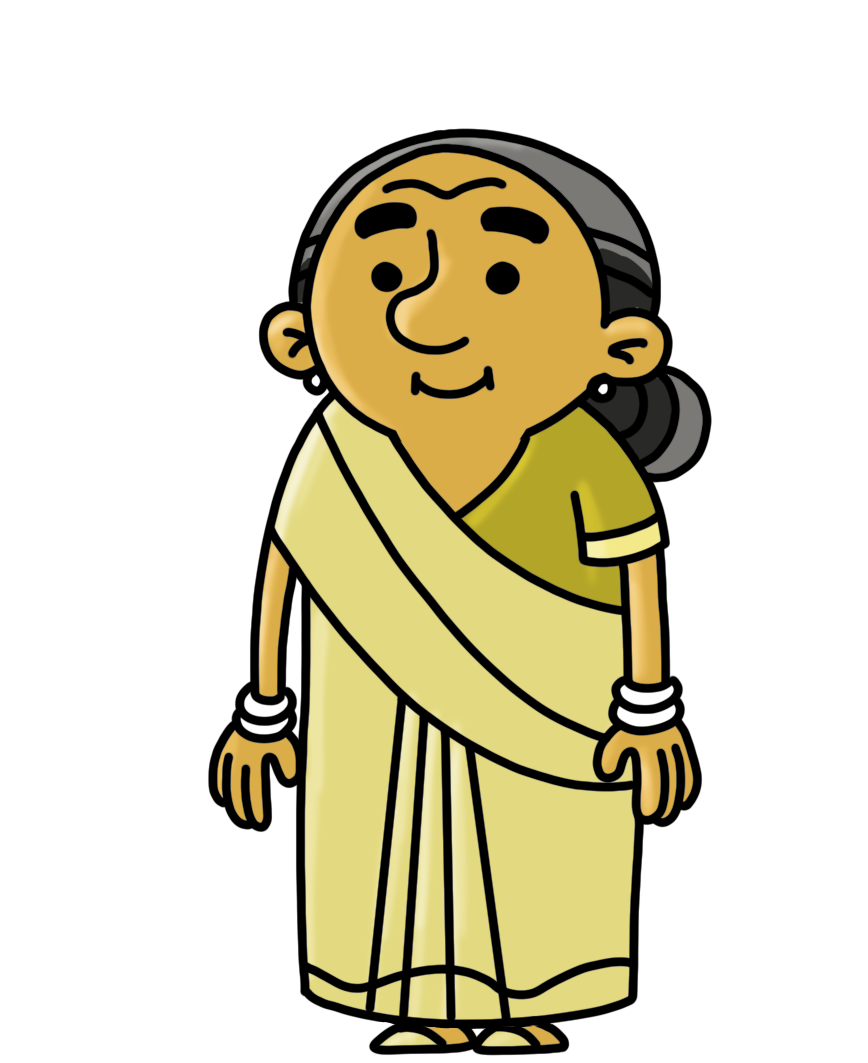Sexual Harassment
FAQs
I went out clubbing with my friends and a man felt me up while I was dancing, even after I told him not to. Can I file a complaint against him?
If a man texts me on my phone and says “If you don’t have sex with me, then you will get hurt”, then what can I do?
Since invasion of privacy is considered an offence under the law, in what situations can I expect privacy?
I sent a private sexual video only to my boyfriend, but he sent it to his friends, who then distributed it to their friends. What can I do?
My boyfriend tried to forcefully remove my clothes while we were in the privacy of our room. Does the law still protect me?
If a person is accused of stalking, will he get bail?
What can I do if the police refuse to file my complaint against a sexual crime?
Can I file a complaint against a family member for rape or sexual violence?
As a man, can I file a complaint against another man who sexually assaulted me?
As a woman, can I file a complaint against another woman who sexually assaulted me?
